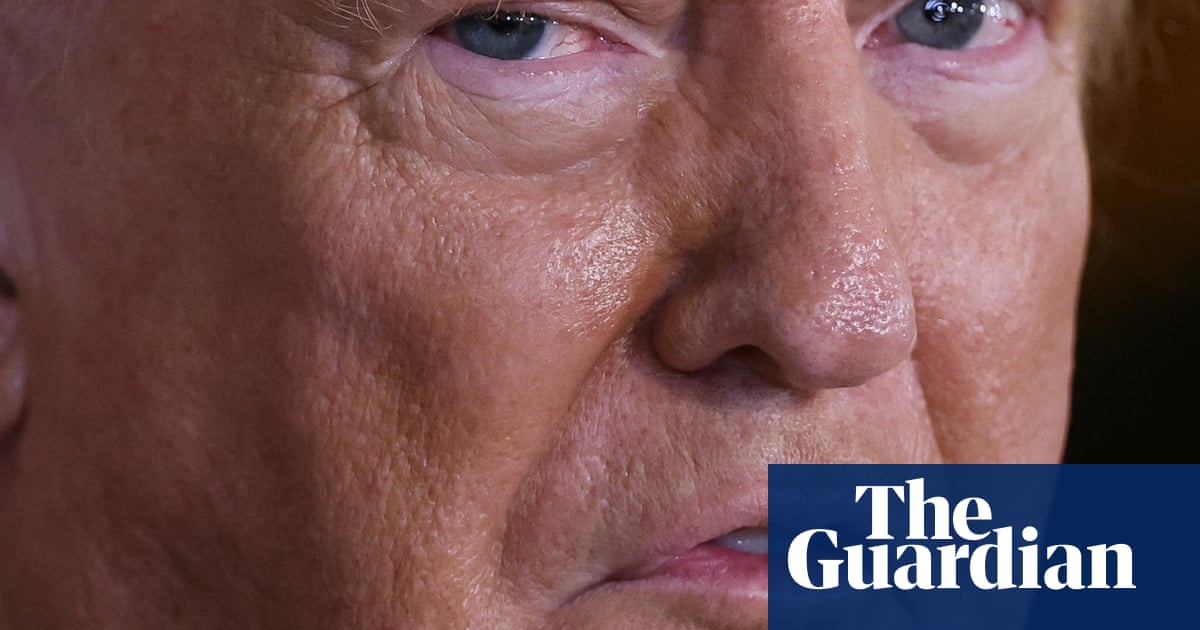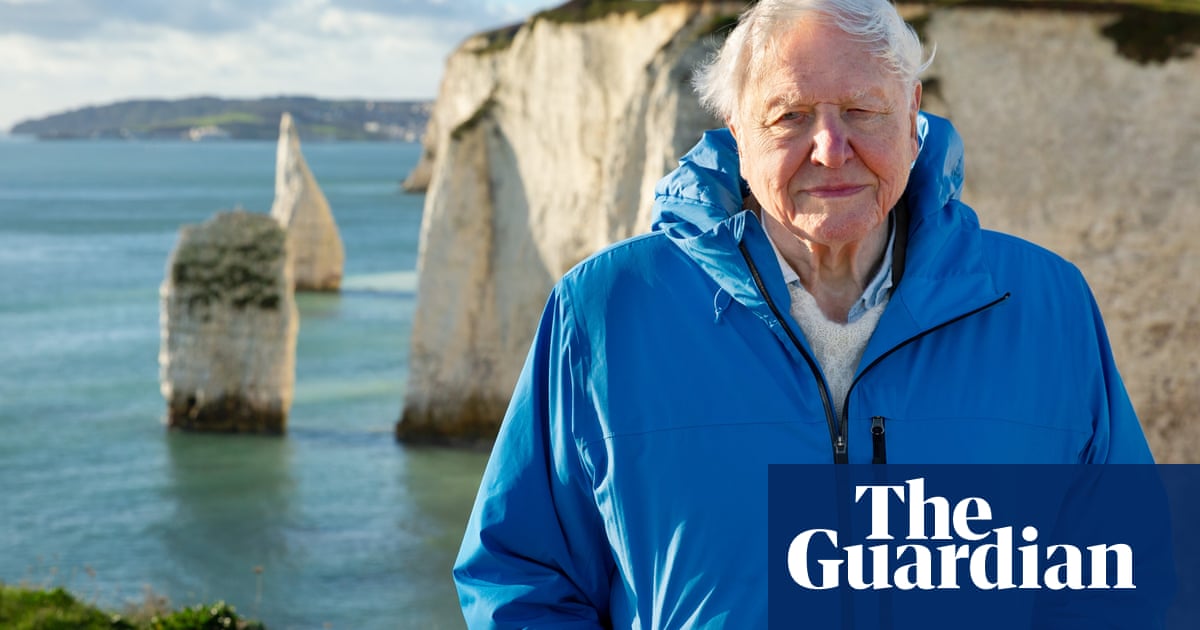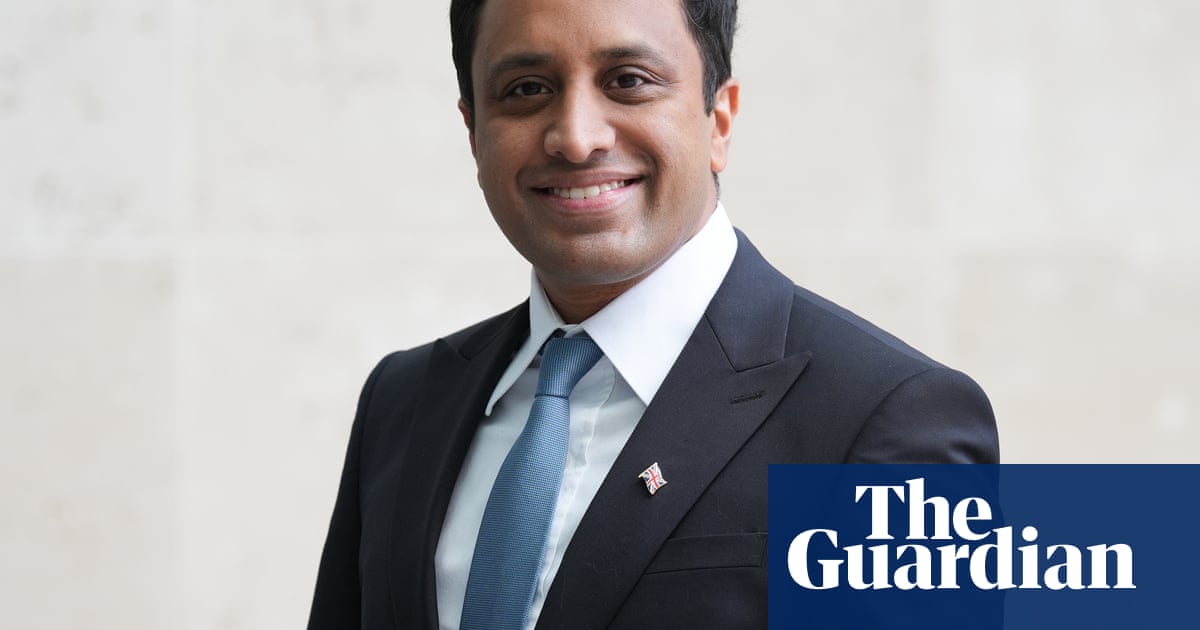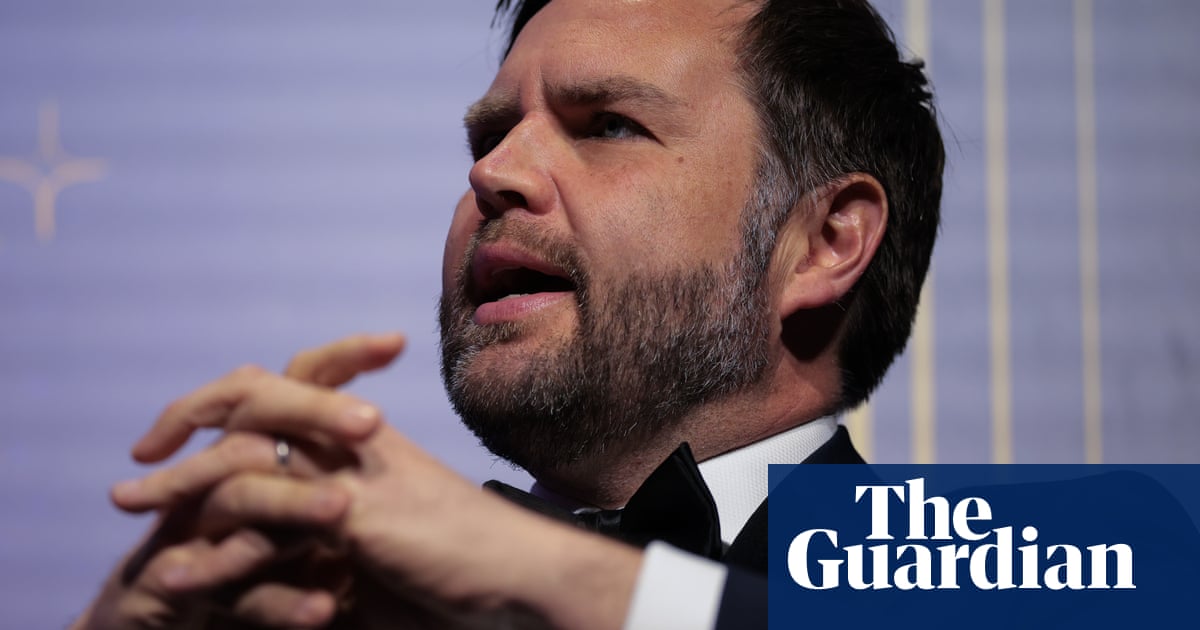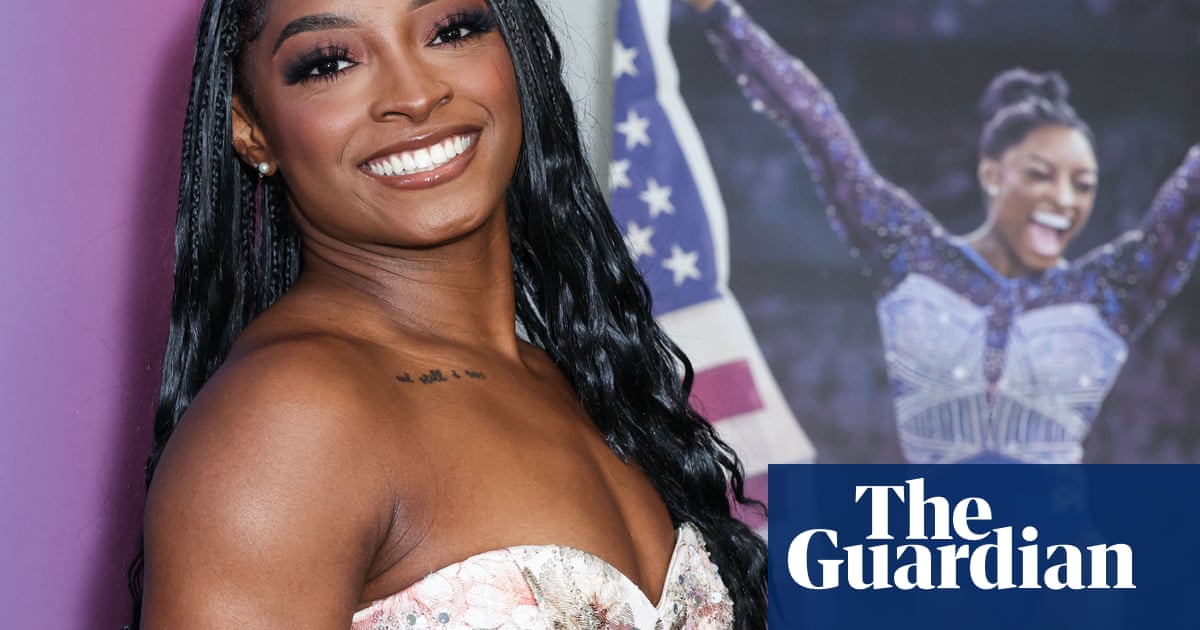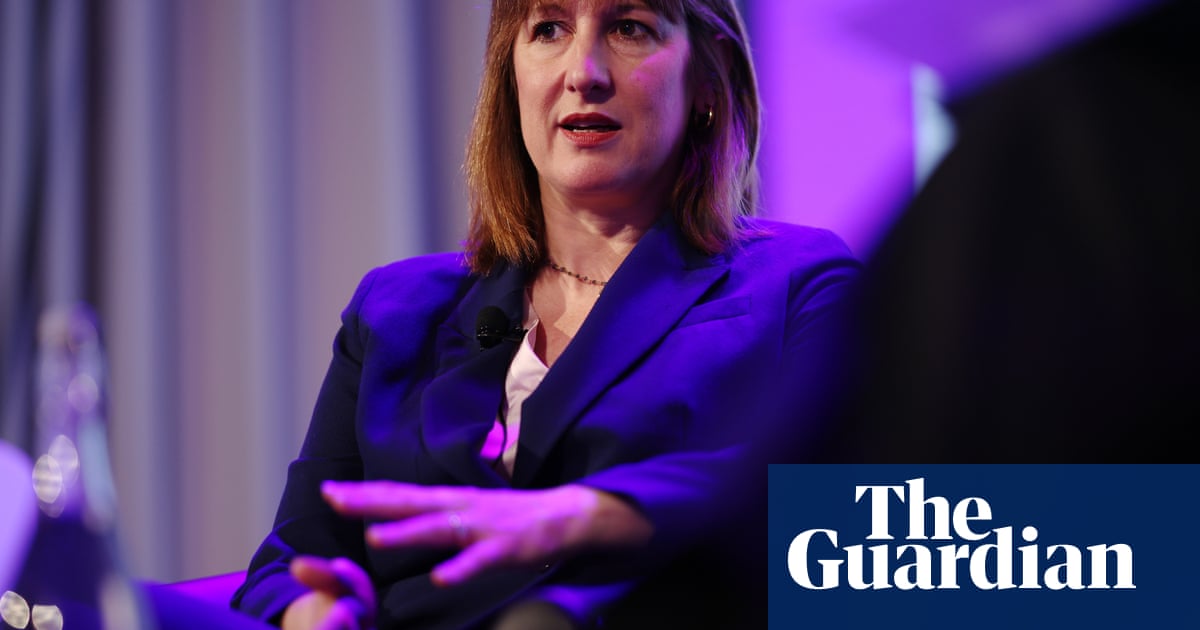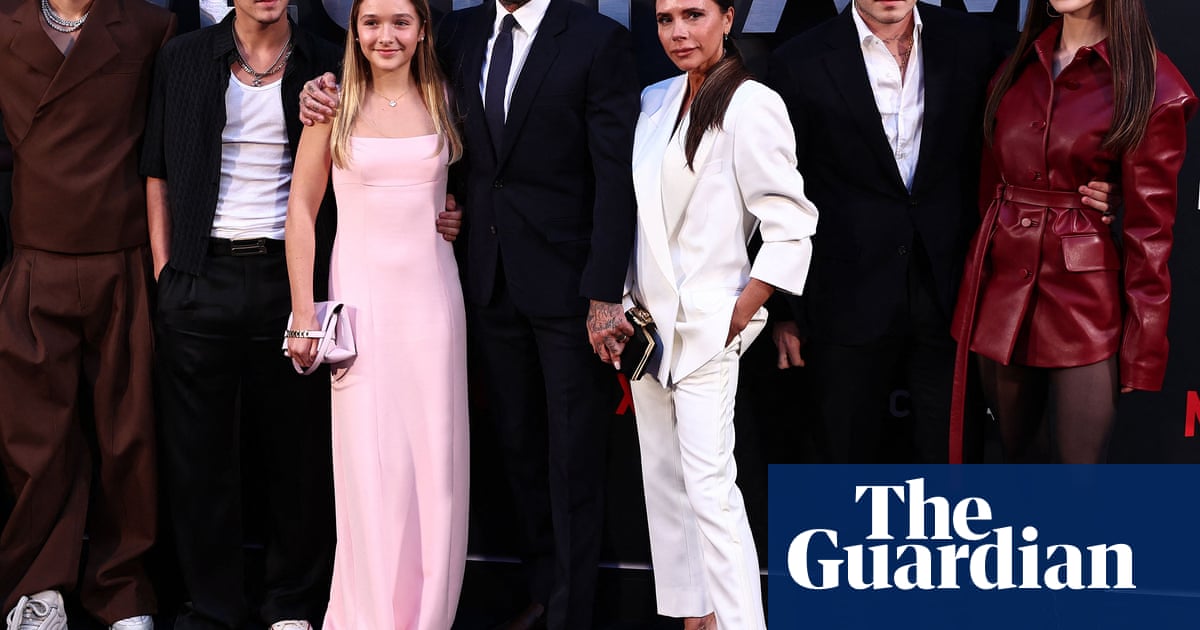Zuckerberg’s company once invested millions and attracted top talent as tech’s leader in corporate diversity. Those aspirations peaked in 2019 and just a few years later, Meta scuttled them altogether

In 2019, Facebook set a goal for itself: ensure half of its workforce was from diverse or underrepresented backgrounds by 2024.
The lofty ambition made the company stand out among its Silicon Valley peers. Maxine Williams, a longtime employee and chief diversity officer at the time, wrote in a 2021 blog post that Facebook was up to the challenge.
“We’ll keep working toward these goals regardless of whether we’re able to meet them within five years because progress in representation is critical to serve a global audience,” wrote Williams.
By 2022, the company said it had doubled its number of Black and Hispanic employees in the US, and women accounted for more than a third of its workforce globally. There was still work to be done, though. Even after that increase, Black workers only made up 4.9% of the overall US workforce, and Hispanic workers made up 6.7%.
But, as of 10 January, 2025, the vast majority of that work has been summarily abandoned. Just days after 2024 had come and gone, Meta (now Facebook’s parent company) announced that instead of forging ahead with diversity goals, it would do away with corporate inclusion efforts entirely. The diversity, equity and inclusion (DEI) programs would be shuttered. The company would end “representation goals”. Williams would be relegated to a new role focused on accessibility and engagement.
“The term ‘DEI’ has … become charged, in part because it is understood by some as a practice that suggests preferential treatment of some groups over others,” wrote Janelle Gale, the company’s vice-president of human resources, in an internal memo.
The diktat came directly from Meta’s CEO, Mark Zuckerberg.
Those changes didn’t come in a vacuum. Earlier this month, Zuckerberg announced Meta was ending its factchecking program in the US and easing content restrictions around immigration and gender identity to focus on “free expression”. Meta’s “hateful conduct” policy was changed to allow users to accuse transgender or gay people of being “mentally ill”.

Zuckerberg himself has also undergone a transformation from the sweaty, gray-hoodie-clad boy of Facebook’s early years. He wears a gold chain and practices mixed martial arts, exuding what he calls “masculine energy”, which he now preaches American companies need more of. He sat prominently alongside other tech billionaires at Donald Trump’s inauguration. The day after Zuckerberg ended Meta’s DEI programs, Trump issued a similar executive order for the federal government.
It’s a far cry from the Zuckerberg who once banned Trump from Facebook, founded an organization to help immigrants and marched in a Pride parade. And a steep change for a company that was considered the gold standard for diversity and inclusion work in Silicon Valley.
“Facebook used to be the place to be if you wanted to work on diversity,” said a former recruiter on the DEI team, who asked not to be named for fear of professional reprisal. “Everyone wanted to work with Maxine Williams. Everyone wanted to follow what Facebook was doing. We were the leaders in this.”
Seven former Facebook employees who worked on the company’s DEI and trust and safety teams say the shift had been a long time in the making. As Zuckerberg’s priorities have shifted with political winds, the company’s emphasis on diversity and other policies have followed suit, they said.
The former employees said it was never clear how personally invested Zuckerberg was in making Meta a more inclusive workplace. Many of the initiatives lacked substance because they were often rolled out in response to external pressure or specific events, including the murder of George Floyd, according to the employees. These efforts rarely went beyond company-wide pronouncements and did little to change or improve the recruitment or retention of employees from under-represented backgrounds.
Some initiatives did make a meaningful difference, such as the diverse slate program that ensured qualified women and people from underrepresented backgrounds were considered for open roles. But former employees say executives slowly chipped away at those when they stopped being convenient.
The decline of diversity goals at Meta began in earnest with the departure of chief operating officer Sheryl Sandberg, many of the former employees said. She resigned as the company’s second-in-command in 2022 and stepped down from the board in 2024; Dana White, the Ultimate Fighting Championship CEO, replaced her.
The stark contrast between the two illustrates Meta’s about-face. Sandberg authored Lean In, considered by many the playbook for feminism in the workplace, while White leads the Maga movement’s ultra-masculine de facto sports league and was filmed slapping his wife at a party in 2022. Former employees say Sandberg’s exit was a signal that DEI goals would be deprioritized, especially if left to Zuckerberg. The Facebook founder shares his ex-employees’ opinion; he told Trump adviser Stephen Miller that Meta’s culture of inclusivity was the result of Sandberg’s efforts, according to the New York Times.
“The business case for diversity was only valid as long as Sandberg was around to enforce it,” Bärí A Williams (no relation to Maxine), former senior counsel at Facebook, wrote in an op-ed earlier this month. “Now that it’s not politically in vogue, Zuckerberg is abandoning the business use case for diversity and fact-checking.”
Meta declined to comment. Sandberg didn’t respond to a request for comment.
Facebook’s diversity heyday
Former employees paint a picture of a former version of Facebook that, while still largely white and male, stood out among its tech industry peers for its innovative approach to diversify its ranks.
How much personal buy-in they had from company executives wasn’t always clear, they say, but in the beginning, that didn’t seem to matter because Facebook was pouring millions into their efforts. There was the diverse slate program in hiring and a leadership mentor program for underrepresented employees. Facebook also started allowing for more remote roles, which led to an increase in staff from different backgrounds.
While Sandberg and Williams led the charge on DEI efforts, Zuckerberg would often follow, former employees say. Mike Rognlien worked at Facebook from 2011 to 2017, ultimately landing a job as a head of learning and development. He helped write the company’s DEI training program. He recalled an incident in 2013 when employees were upset that Zuckerberg had fundraised for the re-election campaign of the Republican New Jersey governor, Chris Christie, because Christie had been vocal about not supporting marriage equality. Rognlien said he asked Zuckerberg about the donation during an all-staff Q&A.
“Is that consistent with our company values? Is that consistent with your values?” Rognlien asked. Zuckerberg responded saying he understood the frustration but that he donated to Christie because of an ongoing program the governor had begun with New Jersey schools. Zuckerberg said he also donated to Cory Booker, the Democratic mayor of Newark at the time.
“If there’s anything that you think I should do to kind of neutralize any negative feelings about that, I’m all ears,” Rognlien recalled Zuckerberg saying.
Rognlien got together with leaders of employee resource groups about the incident, and they decided to ask Zuckerberg to march with them in San Francisco’s Pride parade. The CEO agreed immediately.
Decked out in a purple T-shirt with a “I [heart with rainbow flag] Facebook” sticker, Zuckerberg joined more than 700 employees for the parade. Company videos show him riding in the float with other executives, dancing and waving his hands in the air. That day, Zuckerberg posted on Facebook that he stood with the millions of people marching in Pride parades worldwide.
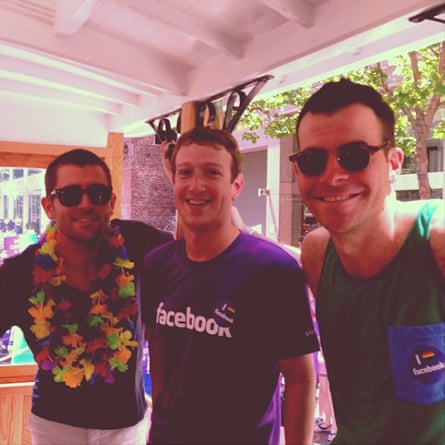
“I’m committed to make Facebook a safe place for members of the LGBT community everywhere,” Zuckerberg wrote. “Because as far as we have come in the fight for equality, we have a lot more work to do.”
Eleven years later, Zuckerberg, pushing for “masculine energy”, would allow Facebook and Instagram users to call any non-standard sexual orientation a mental illness, deride a transgender person with the pronoun “it”, and assert that there had only ever been two genders – that transgender people had never existed at all.
With Sandberg, Facebook becomes a DEI leader
Around the time of Zuckerberg’s purple Pride ride-along, Sandberg ramped up development of Facebook’s DEI training program. The idea was to create a mandatory employee training that didn’t just check an HR box, Rognlien said, but rather generate genuine reflection and introspection. Gale, who’d later write the internal memo dismantling DEI at Meta, was also instrumental in the inception of this program, according to Rognlien.
“If you can rewind your brain back to 2014, unconscious bias was not in the zeitgeist,” Rognlien said. “So, that’s what the first iteration of the program really focused on. How do we educate people? … And when I say educate people, I mean primarily white male software engineers.”
Rognlien said Facebook employees seemed to be taking the lessons of anti-bias workshops to heart. He cited an enthusiastic example of their success: a group of male engineers who’d taken the training printed posters of Kanye West’s face and hung them in the company’s conference rooms. Captioned with “Imma let you finish” in reference to West cutting off Taylor Swift at the Video Music Awards five years prior, the oversized heads served as reminders not to interrupt women in meetings.
Rognlien and Sandberg also conducted the training with Zuckerberg and his leadership team of about 15 people in the fall of 2014. Sandberg often said “meritocracy is a myth”, according to Rognlien, and during the training she instructed the leaders to think about their biases. Rognlien said the room was receptive.
“The whole push for this type of education was 1,000% Sheryl,” Rognlien said. “Sheryl wanted to do this and was really flying the flag internally.”
At the same time, Facebook’s COO was also working on creating a more diverse staff, Rognlien said. It became integral to Facebook’s mission of “bringing the world closer together”.
“Sheryl’s belief was, if we don’t build a company that looks like the population of the world that we’re trying to connect, we’re not going to succeed,” Rognlien said.
In 2014, Facebook released its first-ever diversity report. In a blog post, Williams said diversity was “essential to achieving our mission”. The goal was to have a broad range of people from different geographical, age, gender, sexual orientation and cultural backgrounds. While the report showed the vast majority of Facebook employees were white males, Williams said the company was “absolutely committed to achieving greater diversity”.
The unraveling
Four years later, the number of women employed by the company had risen by 5%. Asian representation had risen by more than 7%, but the number of Black and Hispanic employees at Facebook had crept up by just one percentage point.
Progress in leadership ranks was also incremental. Diversifying the workforce was challenging because it wasn’t a priority from day one, Williams wrote at the time. “The later you start taking deliberate action to increase diversity, the harder it becomes,” she said.
By the end of 2018, an employee memo, first circulated internally, illustrated just how much more work Facebook had to do. In it, Mark Luckie, then a strategic partner manager for global influencers at the company, detailed the racial discrimination he said he and other Black employees faced. The teams that worked on diversity were not given adequate resources, and they felt their efforts served more for public relations than for genuine change, he said.
“For some, their work devolves into serving as an address book to add a few names of color to projects,” Luckie wrote. “Efforts that promote inclusion, not just diversity, are being halted at the managerial level.”
When Luckie didn’t hear back from the executive team, he made the memo public. “Facebook does not make any meaningful change on a company level unless it is being held accountable publicly,” he wrote.
A year later, the company announced its new “50 in 5” diversity goal: in five years, the company aimed to have at least 50% of its workforce be comprised of women; people who are Black, Hispanic, Native American, Pacific Islanders; people with two or more ethnicities; people with disabilities; and veterans.
These efforts gained momentum in 2020 amid the US’s wider corporate reckoning. Williams’ role was elevated to report directly to Sandberg; the company announced a goal to increase diverse representation among senior leaders to 30% by 2025; and it committed to spending $1bn with diverse suppliers.
But the fervor and urgency around these efforts dissipated within a matter of months, said employees who were at the company around that time.
Two former employees who worked on recruiting and diversity said company executives became increasingly skittish about how they talked about DEI internally. Already in September 2020, Zuckerberg announced new limitations to employee political speech in internal chats and designated specific channels for those discussions. The announcement came after employee debates over the police shooting of Jacob Blake in Kenosha, Wisconsin, became so heated that Zuckerberg himself stepped in to end it.
Facebook also created exceptions to its own diversity goals over the course of 2020. Engineering leaders pushed back against the diverse slate approach because they wanted to hire quickly, two former employees who worked on recruiting and DEI said. Before the exceptions were made, hiring managers needed to ensure there was at least one qualified woman and one person from an underrepresented background considered for 90% of open roles – a requirement former DEI employees say already didn’t go far enough. But in response to pushback, the company pared down the requirement for tech roles: Now engineering managers only needed to ensure that there was one woman or one person from an underrepresented background considered for just 75% of the roles they were hiring.
DEI leaders were also asked to trim the quarterly diversity reports that were once prioritized. The leadership mentor program for underrepresented staff was paused, restructured and eventually scaled down.
Much of the shift solidified in 2022 when Facebook changed its name to Meta and Sandberg left the company, these employees say. Budgets got slashed, including for teams handling diversity, and Zuckerberg dubbed it the “year of efficiency”. This marked the last year the company published a diversity report. By the end of 2023, more than 11,000 employees had been laid off, including many remote workers and DEI staff. At least one DEI leader was told their budget would be cut in half and to make adjustments to their contracts and team accordingly.
Now, as of last month, the DEI team is gone entirely, with traces of its existence disappearing from the internet. Links to many of the company’s public diversity reports are no longer accessible on the internet, leading to empty webpages with the message “This content isn’t available right now.” The DEI training video that Rognlien made with Williams has likewise vanished.
Employees told the Guardian they wonder what will happen in 2029 when a new administration takes office.
For Rognlien, it’s disappointing, he said, because work on DEI is still far from being done. “Facebook’s market cap is what, one and a half trillion dollars?” he said. “They have the money and the resources to actually make a significant dent in the universe, and instead, Mark is wearing chains and going to Trump’s inauguration.”

 3 months ago
56
3 months ago
56


